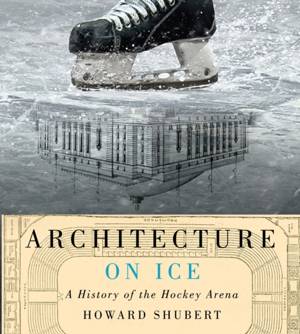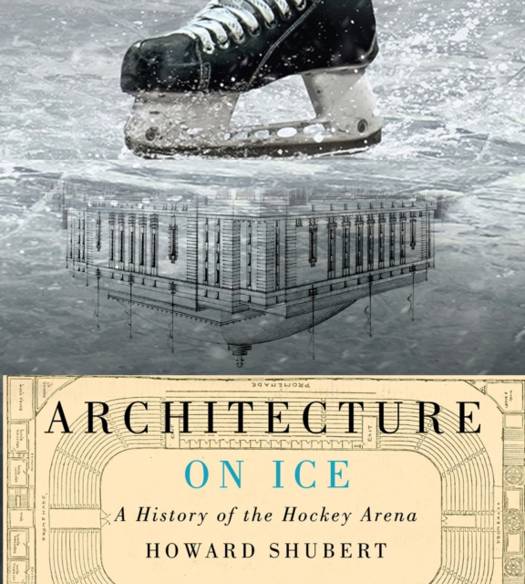
- Afhalen na 1 uur in een winkel met voorraad
- Gratis thuislevering in België vanaf € 30
- Ruim aanbod met 7 miljoen producten
- Afhalen na 1 uur in een winkel met voorraad
- Gratis thuislevering in België vanaf € 30
- Ruim aanbod met 7 miljoen producten
Zoeken
Omschrijving
Despite the legendary reputations of Madison Square Garden, Maple Leaf Gardens, and the Montreal Forum, skating rinks and hockey arenas may be North America's most overlooked cultural buildings. Architecture on Ice reveals the central role they have played in influencing urban, social, and political life across the continent. In the first book to chart the development of skating rinks and arenas from their origins as simple wooden sheds to today's fully wired, multi-purpose entertainment complexes, Howard Shubert examines how these buildings have been adapted to seasonal change and to a multitude of uses besides skating - from political rallies to rock concerts - and how these adaptations, in turn, have transformed skating, curling, and hockey. Revealing the ways in which arenas are sites where sport, culture, and commerce intersect, Architecture on Ice describes four distinct phases in the development of these buildings: the early rinks and arenas of the mid-nineteenth century to the early twentieth century, the Golden Era of 1920-31, the building boom in postwar arenas from 1960-83, and the postmodern hockey complexes built between 1990 and 2010. Lavishly illustrated with surprising, amusing, and previously unpublished images, Architecture on Ice explains how the construction of buildings engineered the way recreational activities are performed and experienced.
Specificaties
Betrokkenen
- Auteur(s):
- Uitgeverij:
Inhoud
- Aantal bladzijden:
- 328
- Taal:
- Engels
- Reeks:
- Reeksnummer:
- nr. 19
Eigenschappen
- Productcode (EAN):
- 9780773548138
- Verschijningsdatum:
- 19/09/2016
- Uitvoering:
- Hardcover
- Formaat:
- Genaaid
- Afmetingen:
- 241 mm x 254 mm
- Gewicht:
- 1723 g

Alleen bij Standaard Boekhandel
+ 155 punten op je klantenkaart van Standaard Boekhandel
Beoordelingen
We publiceren alleen reviews die voldoen aan de voorwaarden voor reviews. Bekijk onze voorwaarden voor reviews.











